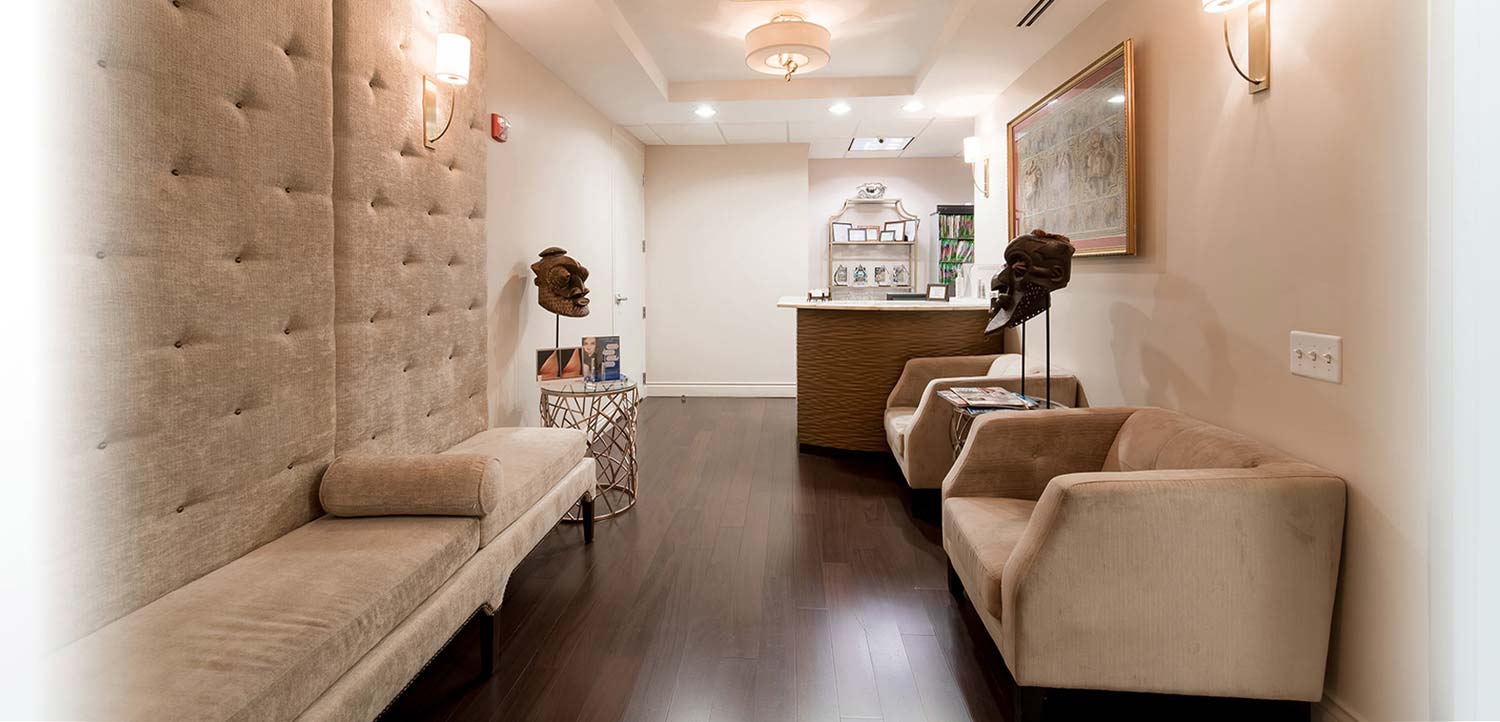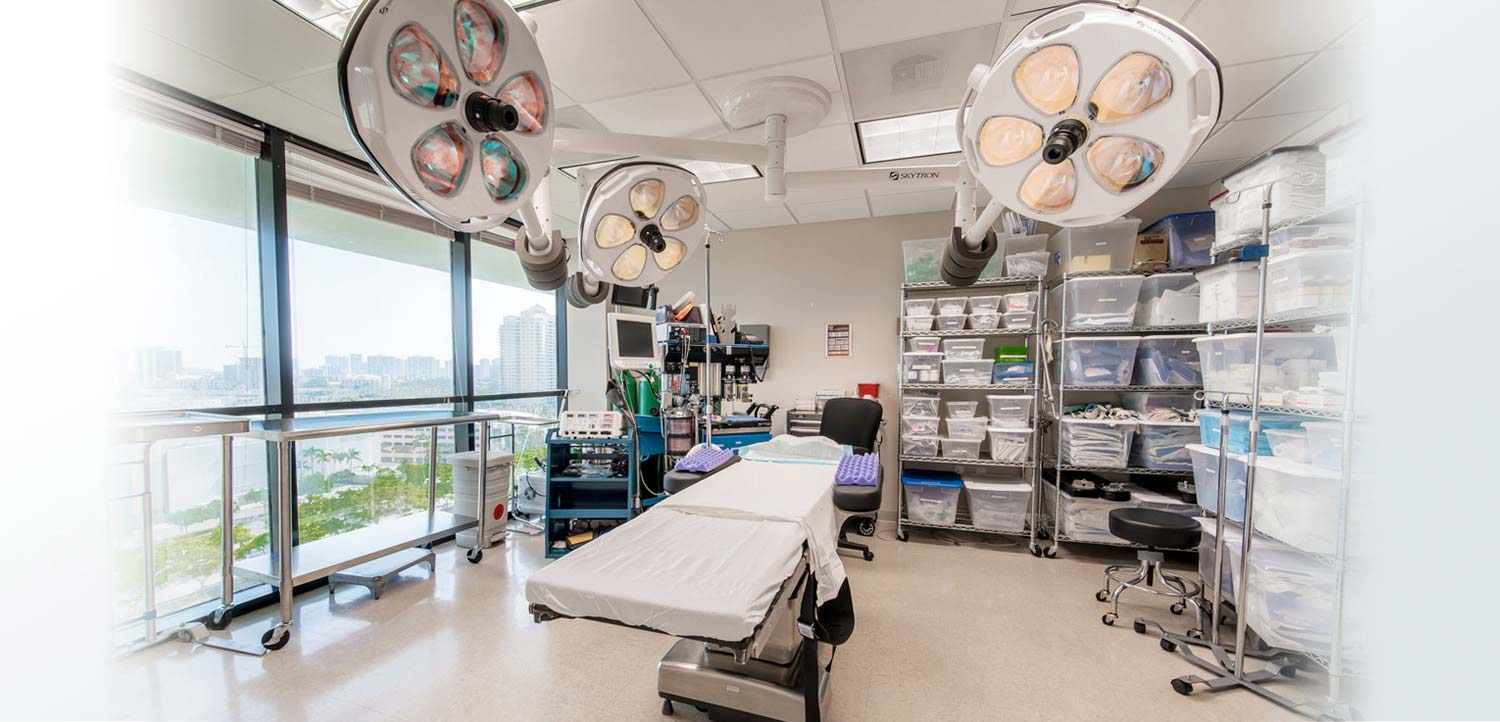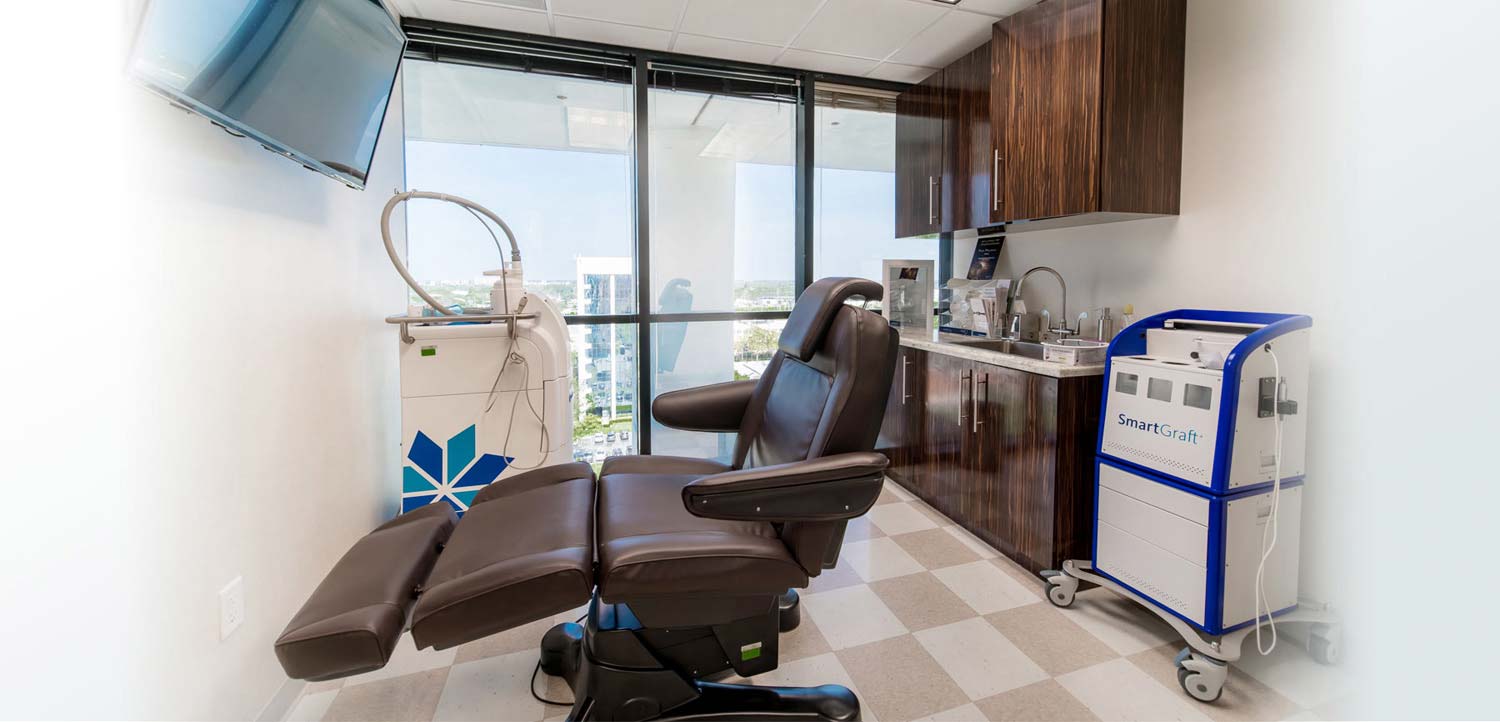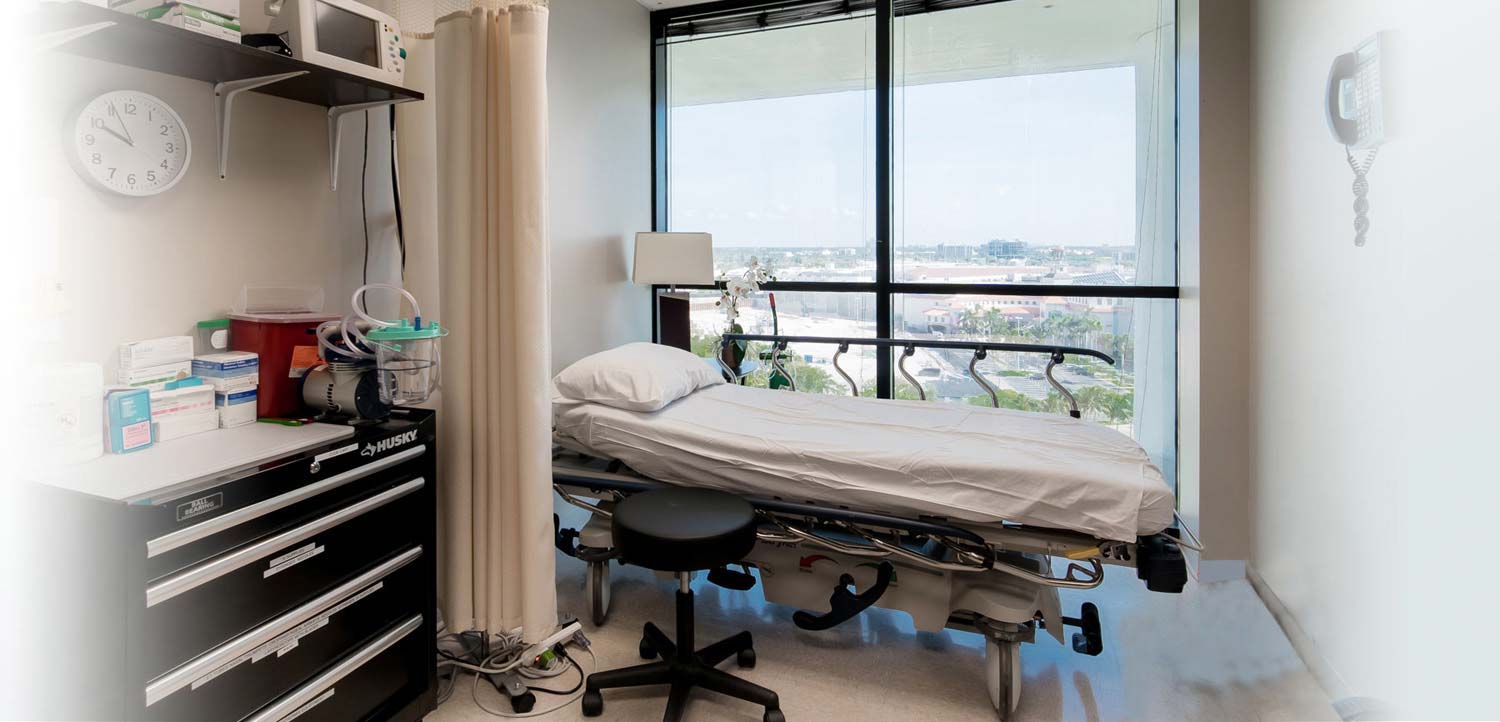Can Chin Ups Really Lift Your Chin?
You spare no expense in buying the latest anti-aging creams and undergoing a variety of treatments. You love staying up-to-date on the latest anti-aging innovations, and there’s nothing you wouldn’t do to shave five or even ten years off your look.
But will facial muscle exercises really make you look younger? Facial muscle exercises were really popular in the late eighties; and there seems to be a trend towards bringing them back in a big way. Face and neck exercises are becoming popular with trendy gyms, and you only need to stop at your local exercise store to find facial exercise DVDs.
But are facial exercises actually working to reduce the appearance of wrinkles, fine lines, and other tell-tale signs of aging? To put it simply, no. Don’t get lured in to the idea that making some funny faces and tensing your neck on a regular basis will rejuvenate your face and neck. In fact, the truth is that these exercises show little benefits in terms of eliminating wrinkles and getting rid of fine lines.
So what makes facial muscles so different from other muscles within the body, which end up looking sleeker and stronger when you work them out? You use your facial muscles constantly, all day long. That means that you’re not in danger of suffering from sagging or weakening muscles. While your body muscles often become weaker with lack of use, facial muscles are used to help you smile, laugh, talk, and even blink. Therefore, your facial muscles don’t need additional exercise to stay healthy. Actually, repeating some kinds of muscle movements can even cause wrinkles and fine lines to get worse – and that’s exactly the opposite of what you want!
If you have some loose or hanging skin in your face or neck don’t count on a trendy facial exercise regimen to make things better. You may want to consider some of the many options we offer in the office that can help turn the clock back. There are lots of non-surgical techniques to keep you looking young. And if you’re looking for a little more oomph you can consider some more advanced options. Either way, discuss your goals with a board certified plastic surgeon and don’t rely upon making funny faces to turn the clock back.















STAY social
Like, follow and share Dr. Rubinstein’s social point view